Gradually the land is draining, flood water subsides, our barns dry out, the stream slows to its usual sombre pace. Rain, gentle now, wraps us in a fine mist, the air is warmer, the wind has dropped. Maybe spring will arrive after all. Snowdrops fade as primroses and daffodils push their way through the sodden ground. Crocus wait for a rare flash of sunlight to transform their petals into silk. Camellias are late this year and early blossom hardly shows against a steel grey sky.
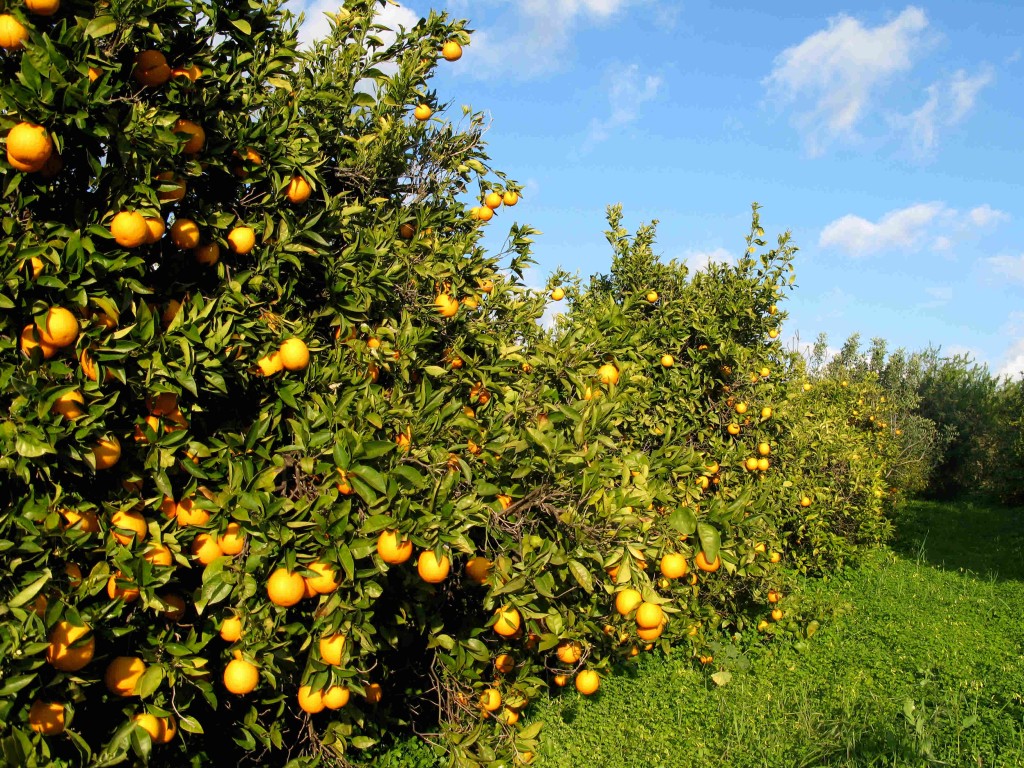
We fled to sunshine in the hills of southern Portugal last week for six days of silence. We gazed out across another world to a distant ocean under a blue sky. Bougainvillea flowered above the door, lemons, ripe for picking, glistened in the little garden, goats meandered in the neighbour’s field and the air was rich with the heady scent of oranges carpeting the ground.
Home again refreshed after such a dismal January and February; our hopes are now on March to cheer us up. Ewes are getting rounder as lambing approaches but grass is sparse. Excitement is tinged with anxiety this year with stories in the local press of ewes in lamb being slaughtered in the field just miles from here. And we will not be sure we have escaped the dreadful Smallenberg virus until our lambs are born. So bitter sweet weeks lie ahead as we face the inevitable exhaustion of lambing; that strange tiredness outweighed by the joy of new life. Let us hope that, after all, this year will be no different.
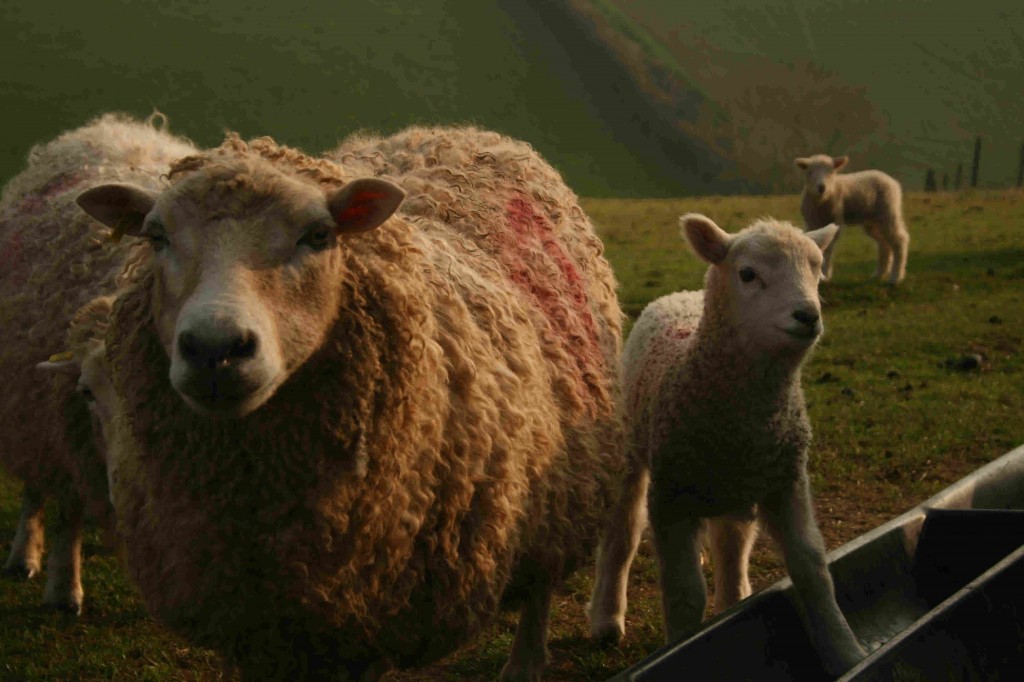
Rain, flooding, lack of grass, anxieties about the safety of our livestock, the horrors of the Smallenberg virus and now the food contamination scandal, all in just a few short weeks: farming is tougher than usual right now. It’s a lifestyle we either inherit or become addicted too, a way of being not easily abandoned. And yet farmers, who, contrary to an urban myth, are not the complainers the press would have you believe, are becoming ground down; the wettest winter for some hundred years, flooding, poor crops, rising price of fuel and fodder, and now the “horsemeat scandal”.
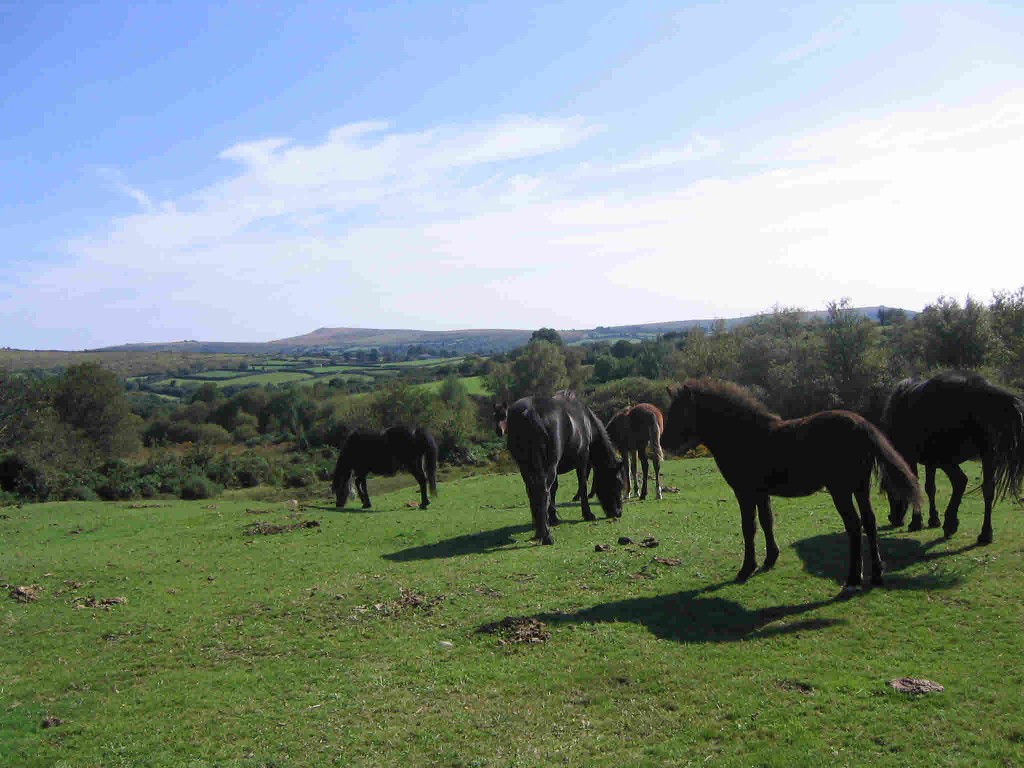
Personally I believe this exposure of the dreadful deception of food production and food labelling is a good thing. For too long the finger has pointed in the wrong direction or in no direction at all. Few people know exactly what they are eating or are aware of just how many hoops farmers have to jump through, how much legislation and control surround the breeding and movement of farm animals. Make a visit to the DEFRA website for a glimpse of the rules.
http://www.defra.gov.uk/publications/files/pb13706-guidance-livestock-sma.pdf
Before any animal leaves the farm all must have ear tags in place, one of which must be electronic. The tags must give the flock number on one side and the animal’s individual number on the other.
Four copies of movement forms must be completed before any animal is taken anywhere: the White copy must go to the Local Authority of the destination premises within three days of movement. The Pink Copy is given to the Receiving location and must record the Keeper’s Holding Number and Slaughterhouse number, if relevant, as well as arrival time and time animals are unloaded. This must be signed by the Keeper.
The Blue copy is for the haulier who must hold a City & Guilds NPTC Animal Transport Licence. The Yellow copy, retained by the Keeper, records the keepers Holding Number of his or her land, name and address, flock identification number, individual animal number, declaration that animals are fit for the food chain, departure date , loading time, duration of journey; I could go on.
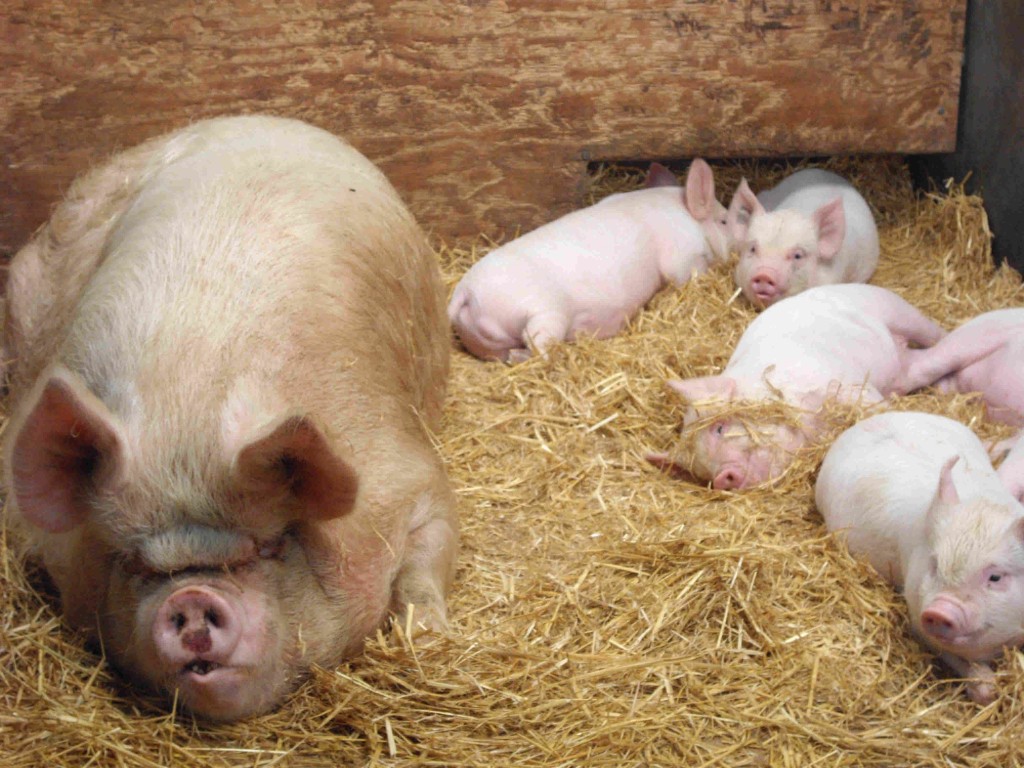
This is just what we do with sheep and pigs but I have been scouring the net for all the other regulations recently i.e. cows and equines all have “passports”, a ministry vet must be present when all animals arrive at the abattoir, the Little Red Tractor insists on the highest welfare standards. There are movement restrictions on animals arriving and leaving any new premises etc etc.
We are lucky. Our local abattoir is small and excellently run and most importantly nearby. Having pressure washed our land rover and our trailer inside and out before loading as per the regulations, we take our animals early in the morning. They are unloaded and quickly and humanely despatched. The minimum delay not only spares the animals unnecessary distress but enhances the quality of the meat. Distressed, frightened animals produce adrenaline which in turn makes the meat tough.
Once dead the animals are skinned and their heads removed: no more ear tag identification. “So how do you know your butcher can identify your lambs when he collects them for butchery”, a customer asked me recently. Confident in the integrity, efficiency and honesty of the abattoir I use I assured them they were indeed eating my lamb and pork. But it started me thinking and as I read more and more alarming stories in the press I realised how fortunate we are to have a small honest, efficient, hygienic, humane abattoir just a few miles from our farm.
But what of the huge commercial outfits where lorries come and go all day long unloading animals that have been transported to the very brink of their legal allowance. Abattoirs where animals, held for hours in pens before slaughter, smell death. Once killed they travel along the conveyor belt, heads gone, tags gone, identity gone: where then traceability, the form filling, ear tagging, haulage regulations. In the light of all the recent horrifying press coverage are all these exercises in form filling worth any more than the papers they written on?
Philip Clarke, Tesco Chief, said at the recent NFU 2013 Conference in Birmingham that “Customers don’t like what they’ve been hearing about how some of the meat they put on their plates is produced.” How right he is. It is hard to believe that the huge supermarkets have not played some indirect part in all this. Not perhaps in any way intending to mislead customers but by pressuring suppliers to come up with the cheapest option regardless of content. Labelling has become meaningless
And it is the people on the lowest incomes who have the least choice and, I fear, are being taken advantage of the most. They have little choice but to buy the cheapest food in good faith only to learn now that the content is not what they expected. It may even contain something unidentifiable called MSM used to keep price down and bind and bulk up processed meat products.
MSM, mechanically separated meat, replaces the now disallowed MRM, mechanically recovered meat, the residue left on the carcass after butchering which was pressure washed off the bones by machinery. The reddish slurry resembling runny mince has been replaced by MSM, low pressure desinewed meat which looks more like mince. MSM now replaces MRM which was banned by the EU after fears it might contain traces of BSE contaminated spinal cord.
Suddenly it becomes clear how traces of pork might turn up in burgers served to Muslim prisoners or to the Orthodox Jewish community when MSM is used as a filler. Not promising either for the quality of food served in schools and hospitals on tight catering budgets.
And then there is the whole question of horse meat. It is an emotive issue. I personally don’t want to eat horse meat. Horses are not bred on the farm for meat. They have, as far as I’m concerned, a completely other purpose. But many people do not share my reservations and eat horsemeat happily. There are perfectly clean wholesome horse butchers all over Europe.
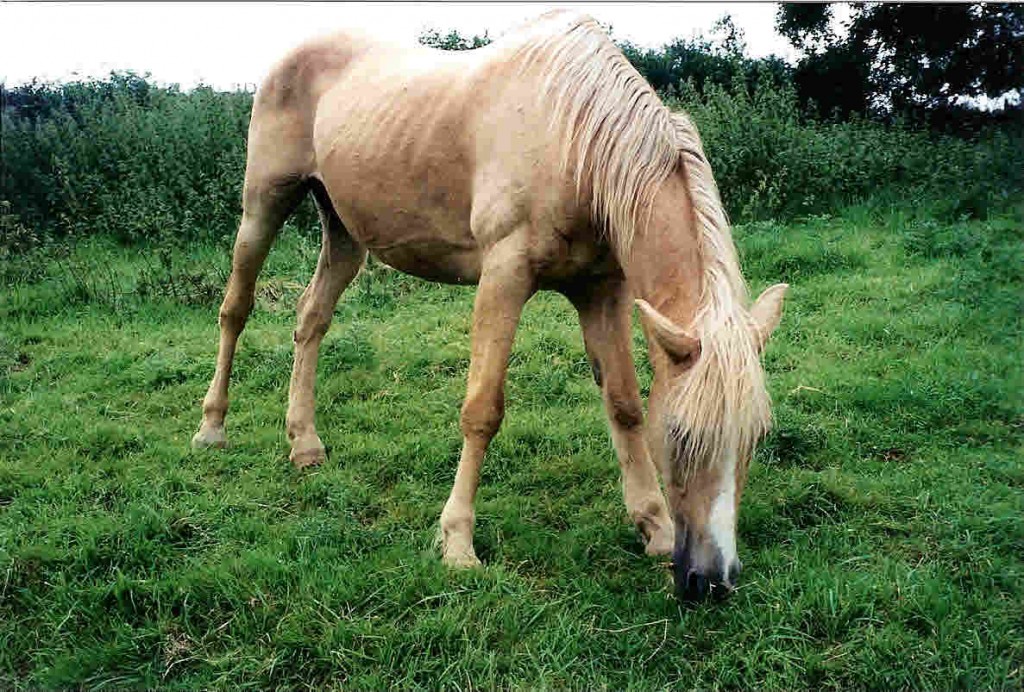 Trixie, as she came to us from the RSPCA
Trixie, as she came to us from the RSPCA
But what of the race horses that are no longer winning, the barren mares, all those now unwanted children’s ponies bought on a whim, Romanian cart horses made redundant under new highway legislation? They all cost money to feed, take time and money to care for. So much simpler to off load them to some unscrupulous dealer who will ease them into the food chain regardless of performance enhancing drugs, antibiotics and anything else unsuitable for human consumption, no questions asked. Once again with all meat production and consumption the real issue is human responsibility towards animal welfare and traceability.
 Trixie, one year later
Trixie, one year later
Then there are the abattoirs who ask no questions either. Go to the Guardian on Line for some truly shocking footage of horses and ponies being hit with iron bars to force them into the slaughter pens and thence into the food chain regardless of any regulations. And some of these places I am ashamed and disgusted to say are here in Britain.
So to quote Philip Clarke again at the NFU Conference “where it is reasonable to do so Tesco will source from British producers….I am in no doubt that we will find things we don’t like. But when we find them, we will change them”
I hope he means it and I hope others will follow.
Peter Kendall, NFU President, used his opening address to the conference to call on supermarkets to source more from British farmers and growers. He said that, while supermarkets already bragged about sourcing certain meats, fresh fruit or dairy products in the UK, they needed to extend this activity to cheaper and processed foods.
“It’s clear that the longer a supply chain and the more borders it crosses, the less traceable our food is and the more the chain is open to negligence at best, fraud and criminal activity at worst,” Kendall said.
He added: “We now need the supermarkets to stop scouring the world for the cheapest products they can find and start sourcing high-quality, traceable products from farmers here at home.” (British Farmer & Grower NFU Conference Special: President’s Speech 2013)

Farmers so often get a bad press at worst or misunderstood press at best: “farmers complaining again” goes the strap line. Most of us work hard and do our best; certainly all the farmers I know put their heart and soul into their farms and the care and welfare of their livestock. We are inundated by inspectors: Trading Standards, Health and Safety, Environmental Health, Food Standards Agency, DEFRA, EU Regulations to name but a few and, though sometimes irksome, a very good thing it is too. But this surveillance is meaningless unless it follows the product right through to the customer who puts the food on their plate.
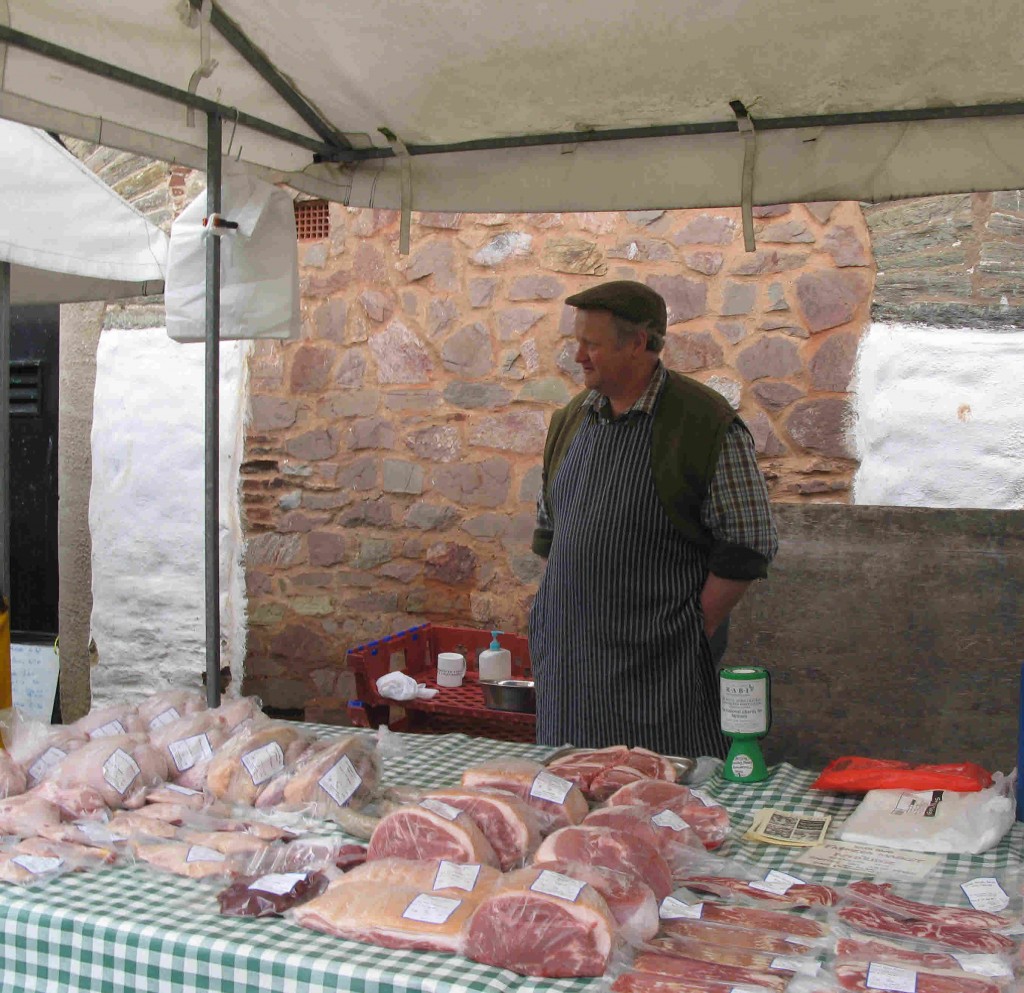
The old mantra holds firm: buy local, check the provenance of your food, ask hard questions, talk to farmers if you can and talk to the butchers be they on the High Street or in the supermarket. Demand the best.
Learn to cook!
Oranges in Cointreau!
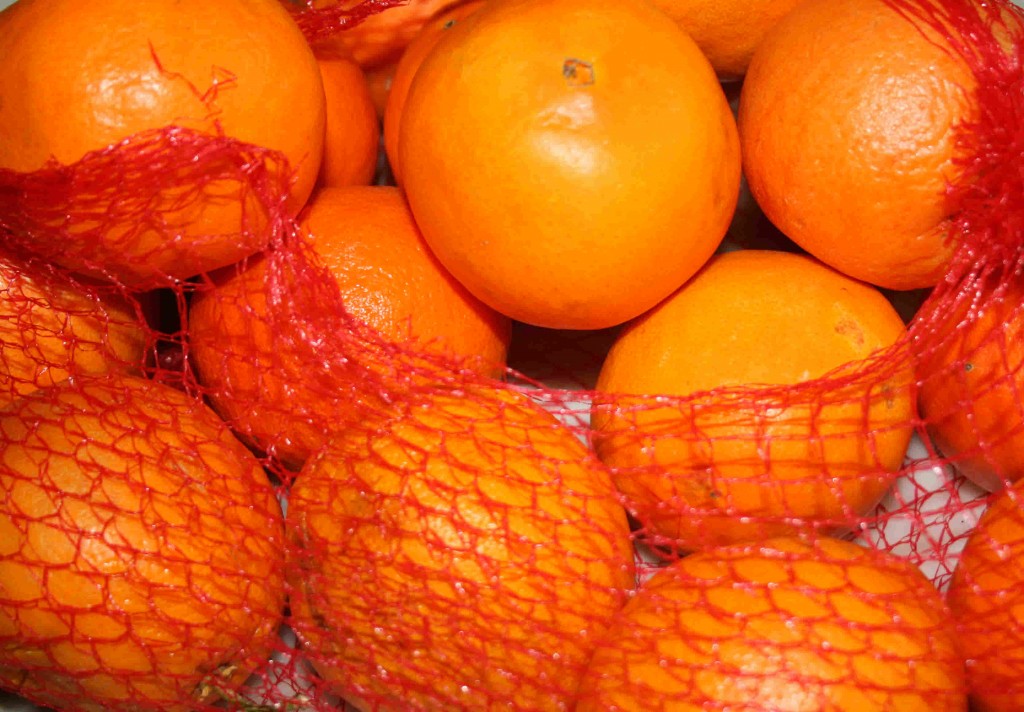
Speaking of learning to cook, I bought an absurdly large net of ripe unctuous oranges in Portugal last week. They were irresistible, for sale by the side of the road direct from the farmer for just 2 Euro. Ripe and soft they bore no resemblance to the hard, artificially ripened, waxed orange tennis balls we buy here.
But what to do with then once home? I realised greed had driven me to weigh down my bag! I scoured my not so small collection of cookery books. No more marmalade this year, I’ve made too much already and spiced orange in vinegar just doesn’t appeal.
So I sliced the whole fruit very thin, poached the slices quickly in a strong sugar syrup, an equal quantity of water to sugar till slightly sticky and shiny. I potted up the glistening fruit into large Kilner jars and topped up the syrup with orange liqueur. The smell was wonderful. I sealed the jars and put them at the back of the fridge to mature.
Watch this space!
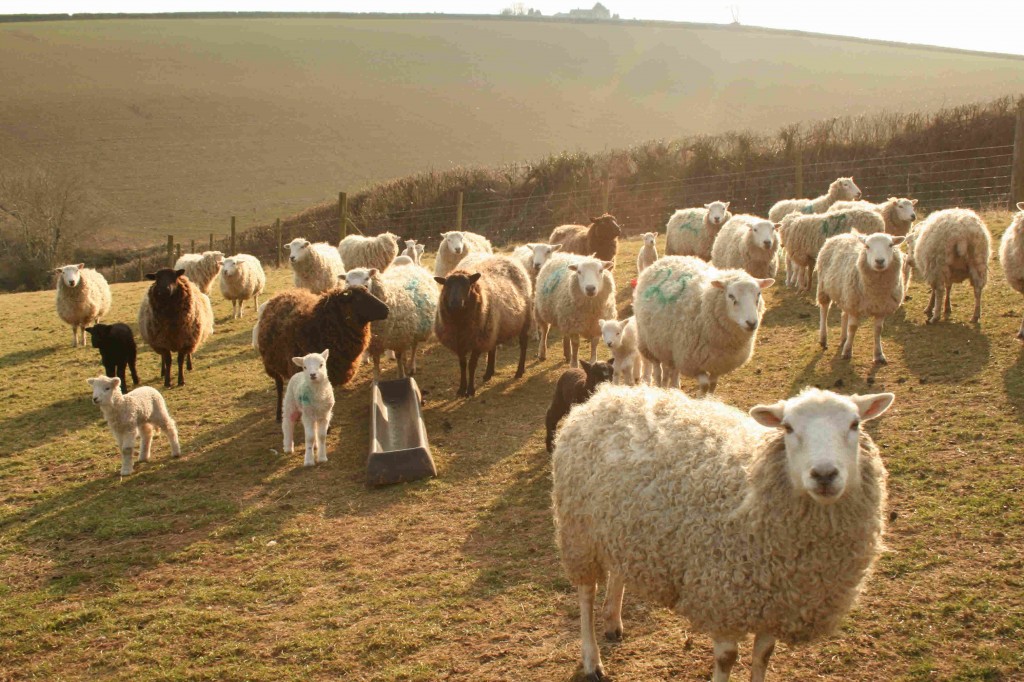
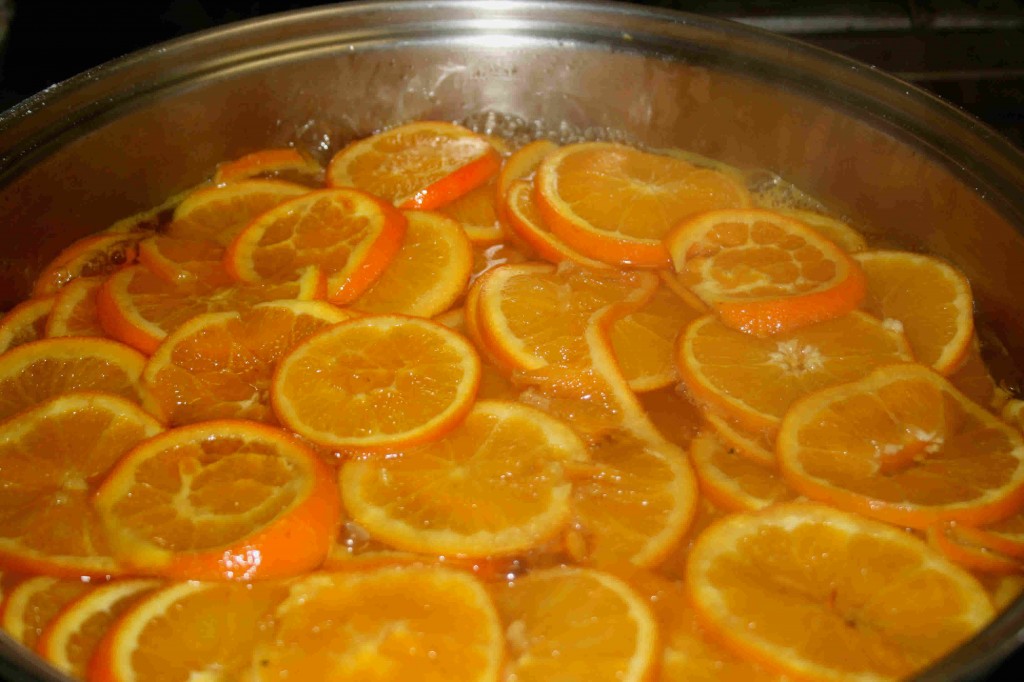
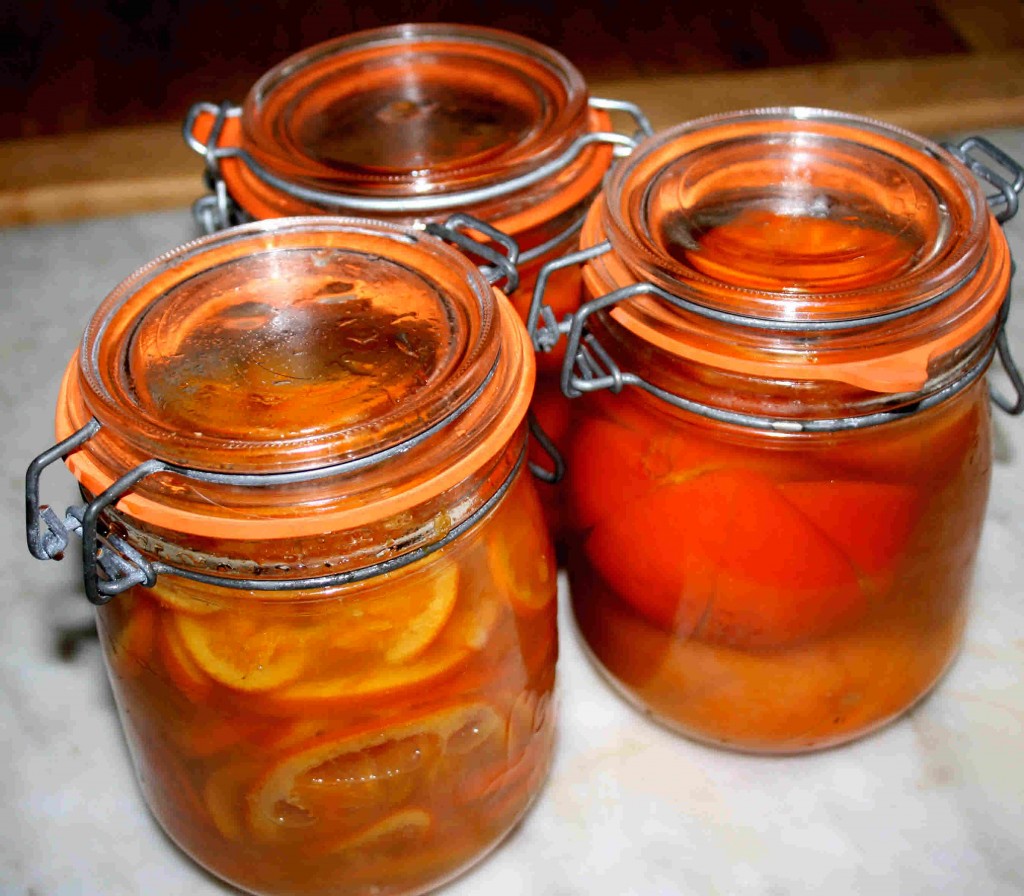
Leave a Reply